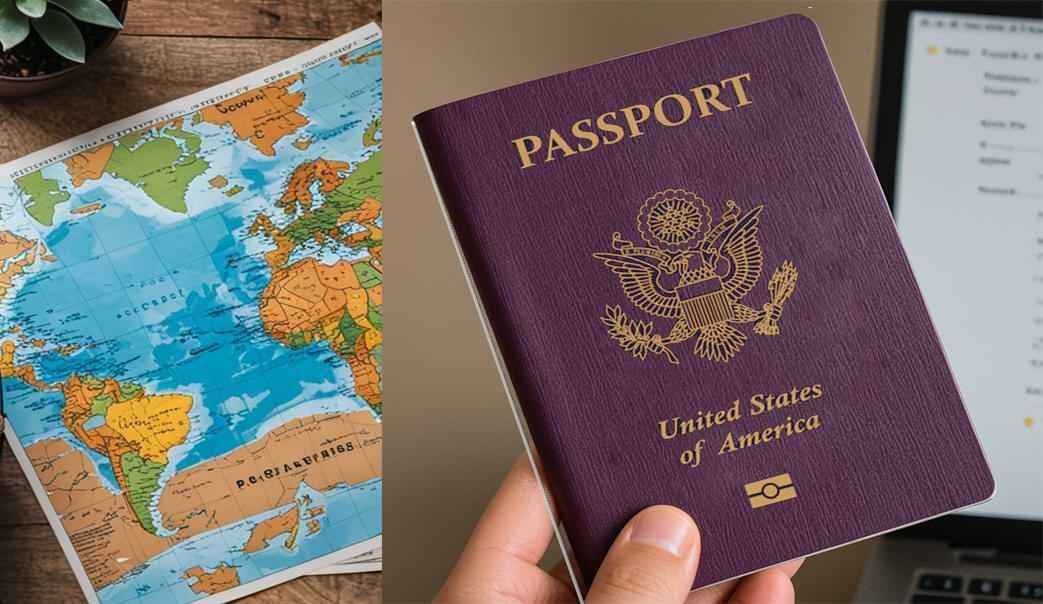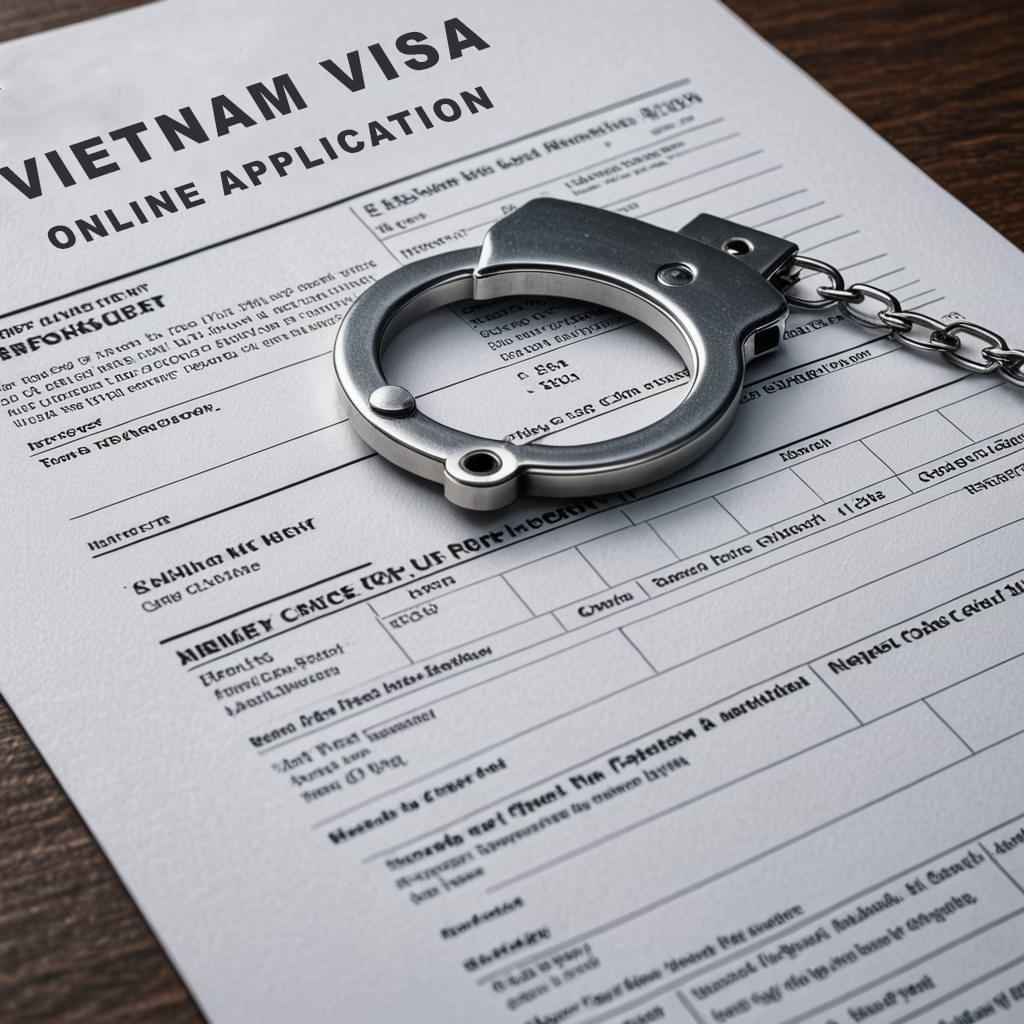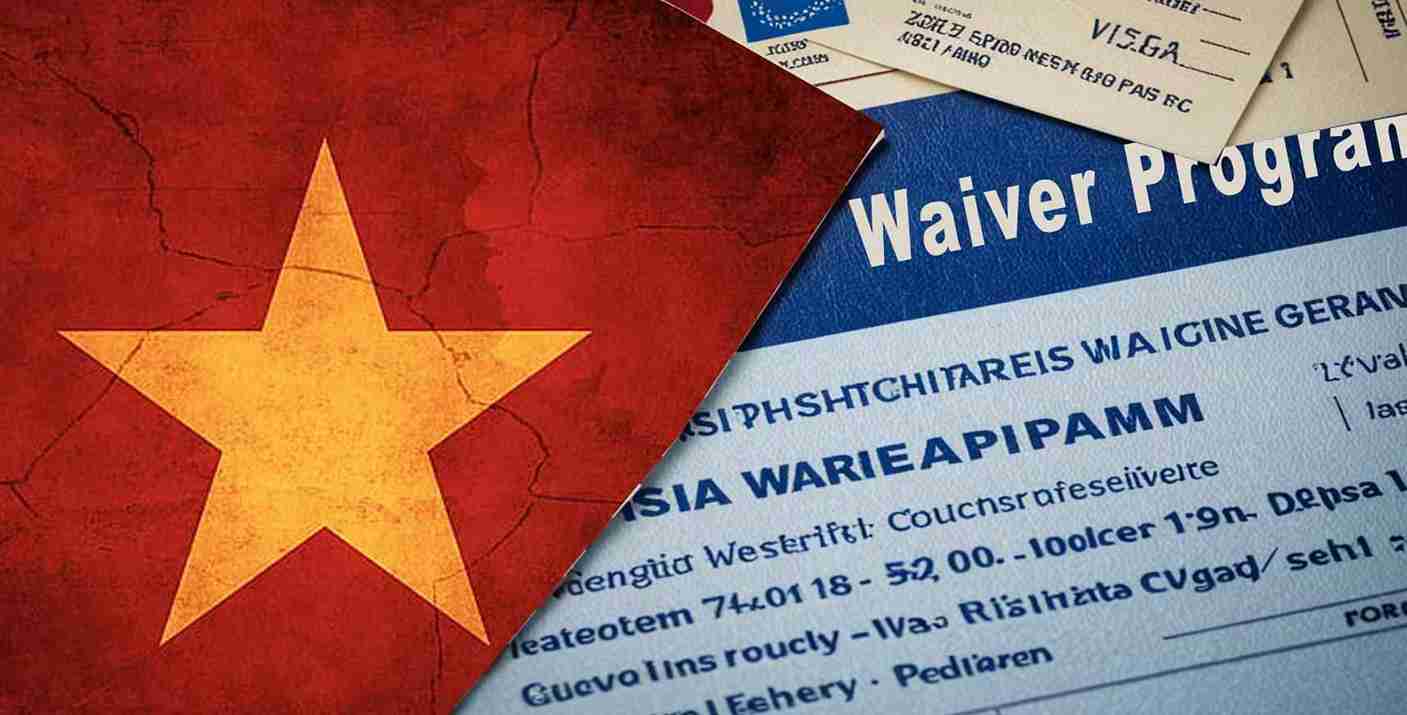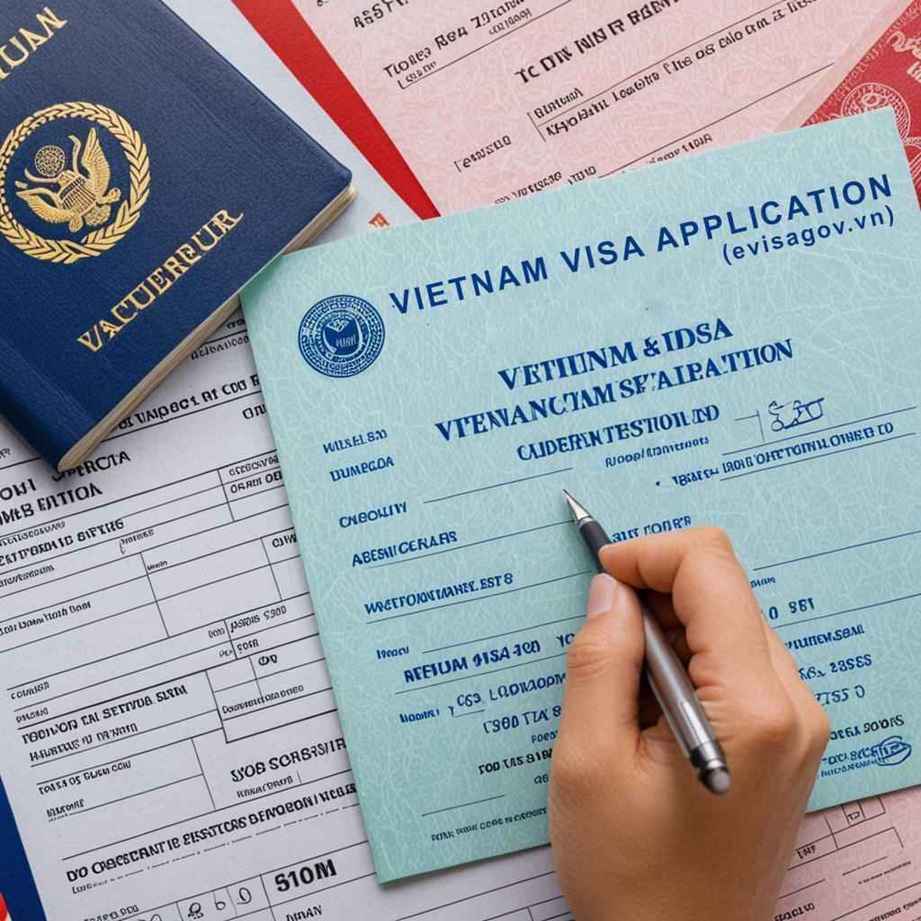

When planning a trip to Vietnam, choosing the right visa type is crucial. Two of the most popular options are the Vietnam Visa on Arrival (VOA) and the eVisa. Both have distinct processes, benefits, and requirements. This guide will help you understand the differences between these two visas, making it easier to decide which one is best suited for your travel needs.

The Vietnam Visa on Arrival (VOA) is a type of visa that you can obtain after arriving at one of Vietnam's international airports. However, before you depart for Vietnam, you need to apply online to receive a pre-approval letter from the Vietnamese Immigration Department. This letter allows you to collect your visa upon arrival.
Key Points of Vietnam Visa on Arrival:
The Vietnam eVisa is a fully electronic visa application process that allows travelers from over 200 countries to apply online up to 90 days with Single or Multiple entries. The eVisa eliminates the need for a pre-approval letter or a visit to an embassy or consulate. Once approved, the eVisa is sent via email, which you print and present upon arrival in Vietnam.
Key Points of Vietnam eVisa:
Choosing between the Vietnam Visa on Arrival and the eVisa depends on several factors, including your nationality, travel plans, and entry point into Vietnam. If you prefer a fully online process and plan to stay for up to 90 days, the eVisa is a convenient and cost-effective choice. However, if you require a longer stay or multiple entries, the Visa on Arrival may be more suitable.
Consider the following scenarios:
Both the Vietnam Visa on Arrival and eVisa offer unique advantages depending on your travel needs. By understanding the differences and requirements of each, you can choose the option that best aligns with your plans. Remember to apply early, ensure all details are accurate, and prepare for a wonderful journey to Vietnam!
For more information and to start your visa application, visit the Vietnam eVisa website or consult with authorized travel agencies.
The Vietnam Visa on Arrival (VOA) requires travelers to obtain a pre-approval letter online before their departure and then collect the actual visa at an international airport in Vietnam. In contrast, the Vietnam eVisa is a fully electronic visa that can be applied for and received entirely online, allowing entry into Vietnam through various airports, land borders, and seaports. The VOA offers options for multiple entries and longer stays, while the eVisa is limited to a single entry with a 30-day validity.
The Vietnam eVisa is available to citizens from over 20 countries, including the United States, United Kingdom, Australia, Canada, and most European nations. The Visa on Arrival is available to most nationalities, but it is specifically designed for air travelers arriving at designated international airports in Vietnam. Both options have specific eligibility requirements, such as passport validity and purpose of travel, which travelers should verify before applying.
The Vietnam eVisa has a fixed fee of around $25 USD, payable online during the application process. This fee covers the entire visa issuance and does not require any additional payment upon arrival. The Visa on Arrival, however, involves two types of fees: a service fee for obtaining the pre-approval letter (typically $10-$20 USD) and a stamping fee paid in cash at the airport in Vietnam, which ranges from $25 USD for a single-entry visa to $50 USD excluding proces and admin fee or more for multiple entries.
No, the Vietnam eVisa is valid only for single-entry visits and allows a stay of up to 30 days. If you plan to enter Vietnam multiple times or stay longer than 30 days, you should consider applying for a Visa on Arrival, which offers more flexibility with multiple entry options and extended validity periods ranging from one to three months.
If your Vietnam eVisa application is denied, you can reapply by correcting any errors or providing additional required documentation. It is crucial to ensure all application details are accurate and that you meet all eligibility criteria. For Visa on Arrival, if the pre-approval letter is not granted, you may need to contact the agency handling your application or consider applying for a different type of visa, such as a traditional embassy visa, depending on your circumstances.
Last Updated on : 31, August 2023



